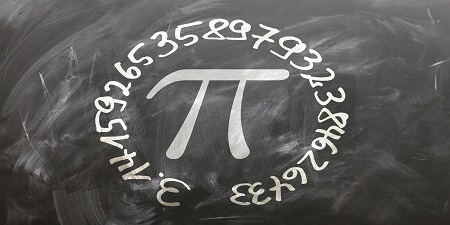The other day I ran across a Facebook post about an equation that had gone viral. People were coming up with different answers to the equation.
Here is the equation:
6 ÷ 2 (1+2) =
Some say the answer is 9; others say it is 1. I say it is 1.
If the problem was 6 ÷ 2 × 3 the answer would be 9 since under PEMDAS/BOMDAS multiplication and division are on the same level and applied from left to right. Here PEMDAS stands for Parenthesis, Exponents, Multiplication, Division, Addition, Subtraction. BOMDAS is the British version where B is for Brackets and the same as Parenthesis and O is for Orders and the same as Exponents.
But the 2 (1+2) I thinks binds together as a group. I think it is called the distributive property. Also, the 2s and the 1 and the () are clearly meant to go together. Thus, you have 6 as the numerator and the rest as the denominator.
This is shown by another equation which I devised as follow:
So let’s say we have the equation 36 ÷ 3x(1+2)
How do you solve that equation? What is the answer where x=2.
Math is a language for quantifying that which the Creator God has made as well as human usage and human derivatives of creation.
The Holy Bible speaks of the Gospel of Jesus Christ and advises the believer to keep to the simplicity of the Gospel rather than render it complex. Many religious errors arise because we as humans sometimes render God and the Gospel of Jesus Christ complex.
An attribute of simplicity is reasonable consistency.
In math we speak of simplifying equations to avoid error due to complexity.
Intuitiveness is another useful concept in both religion and math. It is intuitively obvious that Christianity is superior to all other religions because there is nothing intuitively better than God loving his fallen creation so much that God, the creator of life, would lay down his own life for the sins of his creation and then give life back to himself that his creation may live eternally.
It is intuitively obvious in the problem I presented that 3 is associated with x rather than the fraction 36 over 3 being associated with x.
If x is associated with the fraction 36/3 then it would render 12 x 2 = 24 for x = 2.
But since x is associated with 3, so then if x=2 and you place 3 sets of 2 marbles down, one would get 6 marbles rather than 24 marbles.
Indeed if we distribute the 3x over the 1 + 2 we get 3x + 6x = 18x. So then 18x for x = 2 gives us 36. This leads to 36/36 = 1.
So the answer to the original problem is 1 based on a consistent method of solving math problems.
The article on the problem is located at http://powerfulmind.co/math-equation/.
The article says the answer is 9. But the article notes that “in the early 20th Century … older mathematicians … would divide 6 by 6” to get 1. I think it was 1 in the mid to latter part of the 20th Century too when I went to school. So for me the answer is 1.
Perhaps it is 9 under this thing they call new math which they should call confusing inconsistent math. No wonder far too many children dislike school today. Seems that this new/modern math is problematic.
I suppose it is similar to the issue of marijuana. Once it was terrible now it is good so man says.
It seems to all depend on what generation one entered this world. That is why I reach conclusions based on the Bible when it comes to moral matters. For non-moral matters I just go with what I consider best at the time.
So if I am in a classroom where the teacher says the answer is 9, I will say it is 9 on a test for I will be only saying that is what the teacher taught. After all, all I am there to do is learn what the teacher teaches and then relate it to my total knowledge. But when I exit the answer will be 1.
The article reminds me of another article on math which may be found here.



